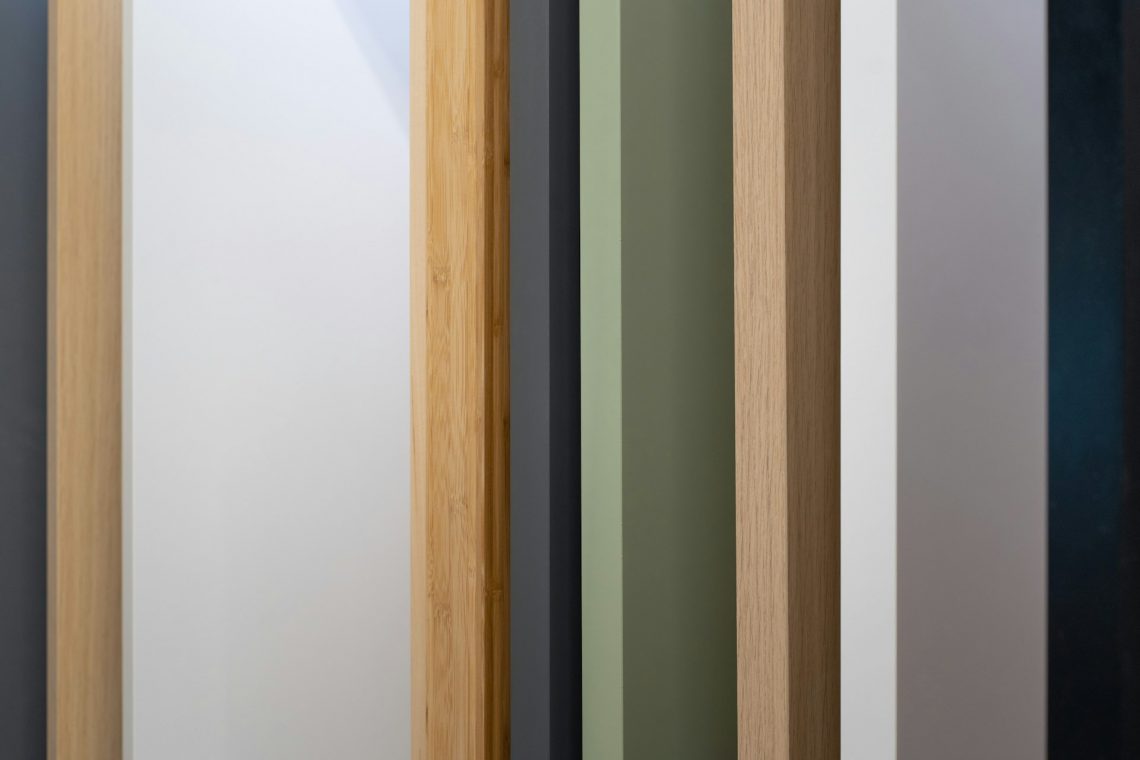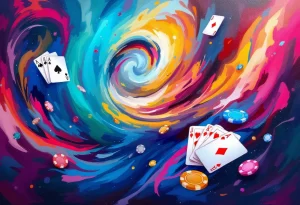Alright, let’s talk color. As a curator at the Met and a professor at Yale, I’ve seen it all – from the somber hues of Renaissance portraits to the wild splashes of modern art. But color? It’s not just decoration, folks. It’s a language. And in graphic design, it’s a language you need to speak fluently.
The Emotional Palette: What Colors Really Mean
Color psychology is a whole field dedicated to understanding how different colors make us feel. It’s fascinating, really. And while individual experiences can certainly influence our perception, there are some pretty universal reactions.
- Red: Passion, energy, excitement. Think Coca-Cola, stop signs. It grabs your attention, sometimes a little too much.
- Blue: Trust, security, calmness. Banks love blue. It’s reliable, dependable… maybe a tad boring if overused.
- Yellow: Optimism, happiness, warmth. McDonald’s uses yellow to make you feel good (and hungry!). But be careful, too much yellow can be overwhelming.
- Green: Nature, growth, health. Whole Foods, anyone? Green is refreshing, calming, and suggests a connection to the earth.
- Purple: Luxury, creativity, wisdom. Think Cadbury chocolate or a mystical tarot card reading. It’s a color with a bit of mystique.
Beyond the Basics: Nuance and Context
Okay, so you know red is “passionate.” Great! But it’s not quite that simple, is it? The shade of red matters. A deep crimson evokes a different feeling than a bright cherry red. And the context is crucial. Red on a wedding invitation? Probably not the best choice. Red on a fire truck? Makes perfect sense.
That’s where the art comes in. It’s about understanding the subtle nuances, the cultural associations, and the overall message you’re trying to convey. What works in Boston might not work in Beijing, you know?
Crafting Color Palettes: Harmony and Discord
Creating a color palette is like composing a symphony. You need to think about harmony, contrast, and rhythm. You can’t just throw a bunch of random colors together and expect it to work (unless you’re going for a deliberately chaotic look, of course).
Some Key Principles:
- Complementary Colors: Colors opposite each other on the color wheel (e.g., red and green, blue and orange). They create a strong contrast and can be very eye-catching.
- Analogous Colors: Colors that are next to each other on the color wheel (e.g., blue, blue-green, green). They create a sense of harmony and balance.
- Triadic Colors: Three colors evenly spaced on the color wheel (e.g., red, yellow, blue). They offer a vibrant and balanced palette.
Color and Branding: Making a Lasting Impression
Your brand’s colors are a crucial part of your identity. They’re what people will remember you by. Think about Tiffany & Co. – that robin’s egg blue is instantly recognizable. So, choose wisely! Do your research, understand your target audience, and make sure your colors align with your brand’s values.
Accessibility: Colorblindness and Beyond
One last, but incredibly important, point: accessibility. Not everyone sees color the same way. Colorblindness is more common than you might think, so it’s essential to consider how your designs will look to those with visual impairments. There are tools you can use to simulate different types of colorblindness. Use them! And always, always provide sufficient contrast between text and background.
Color in graphic design is a powerful tool. Use it responsibly, and you can create designs that are not only beautiful but also meaningful and impactful. And really, isn’t that what art is all about?








